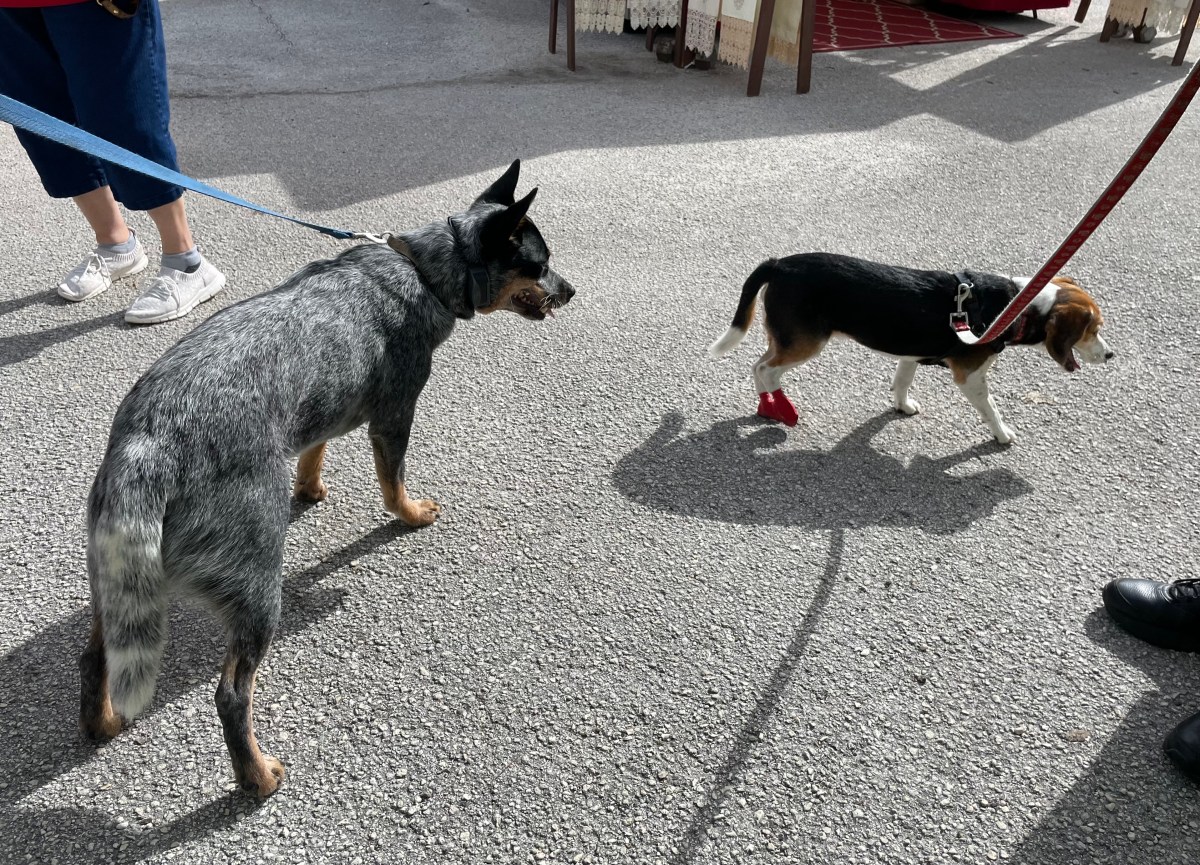Someone finally came up with a national day I can celebrate. This Saturday, May 11 is National Dog Mom’s Day. Casey and Leigh Isaacson registered the second Saturday in May to celebrate and thank all the dog moms who work hard to love and support their pets. Casey and Leigh also founded Dig, the dog person’s dating app, as a way for dog lovers to find a compatible date.
Did you know people who love dogs have specific personality traits? For that reason, dog people would have more in common with other dog people. Deciding whether or not to date someone based upon their pet, seems like an idea which has some merit.
So what type of person loves dogs? According to a 2010 study performed by the American Psychological Association dog lovers are extroverted, positive, and agreeable. On the other hand, cat lovers tend to be more introverted, curious, and creative. And snake lovers? Well, they are extremely independent.
Think about it. People usually adopt a dog because they are attracted to the breed and believe the animal would make a good addition to their family. Dog lovers like to exercise, so they enjoy taking their dog for frequent walks. Dog lovers also like to chat with other dog lovers who are out and about. Since most dogs are pack animals, they don’t mind stopping to make friends with another dog.
A few days ago we took our dog, Buddy, to a Beagle Meet Up in a local dog park. We kept Buddy on his leash due to his age and mobility issues. Even though he couldn’t romp with the younger dogs, that didn’t stop him from interacting with them.

Buddy howled and the friendly beagles gathered around to welcome him. After the initial meet and greet butt sniffing behavior was complete, the dogs accepted him into their pack. I’m sure they recognized he was a senior because they treated him with respect. The experience was quite positive. At the Beagle Meet Up dogs and owners enjoy socializing with one another. ( By the way, people who own beagles are emotionally stable.) The Orlando Beagles meet at Lake Druid Park on the first and third Saturday of the month at 9 a.m.
Arroo, to all of you dog moms! You are disciplined, have a strong sense of duty, and are good planners. You are energetic and have a great sense of humor. Keep it up, dog moms. Fido appreciates everything you do.
Does your pet reflect your personality? Leave a comment, I’d love to hear from you.











